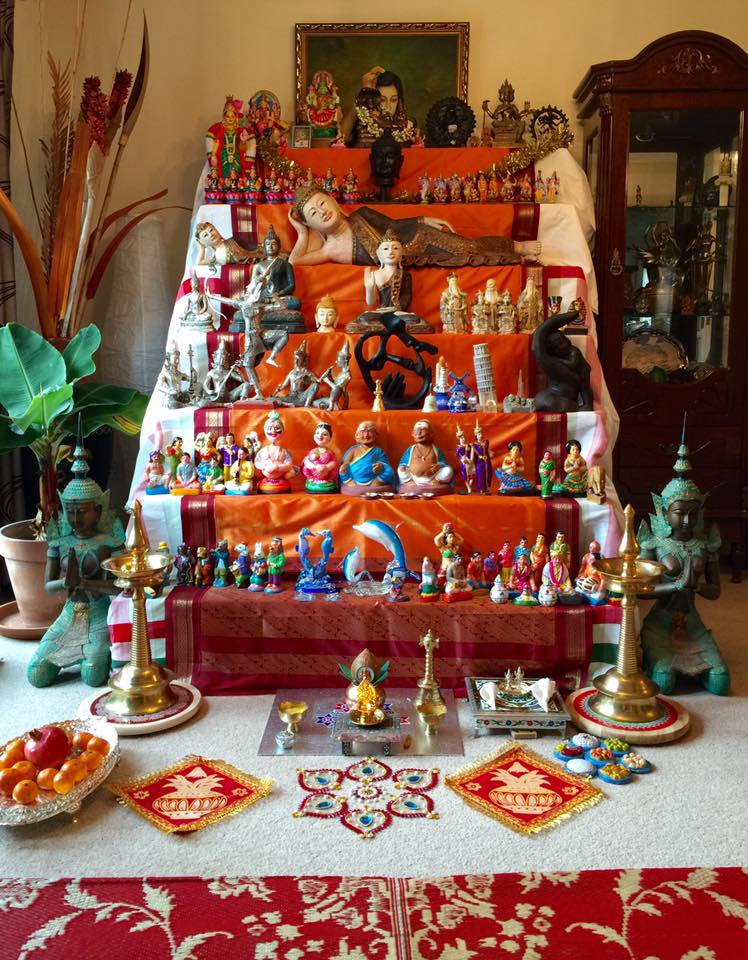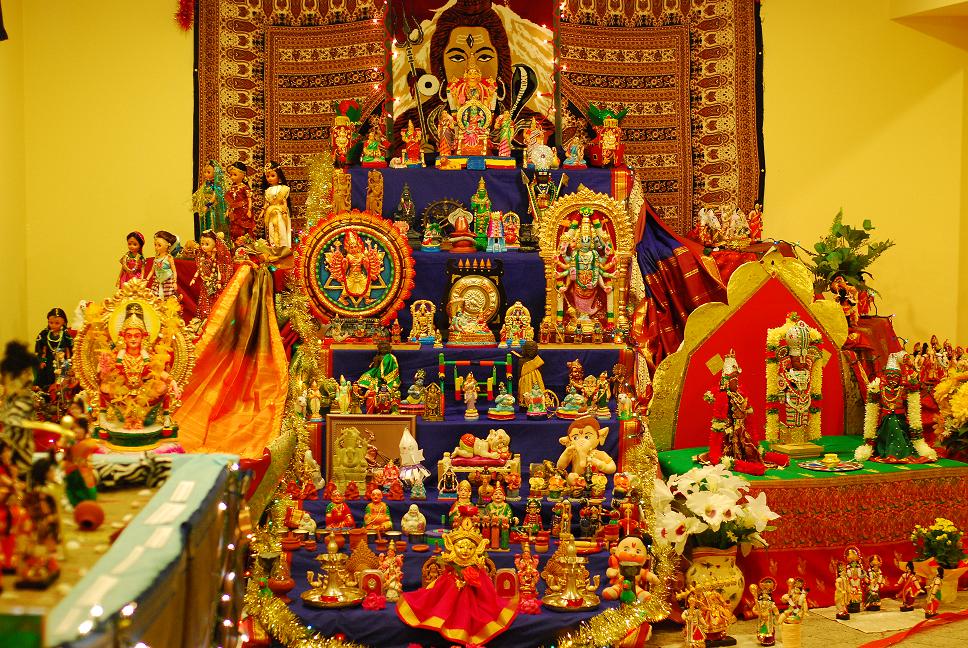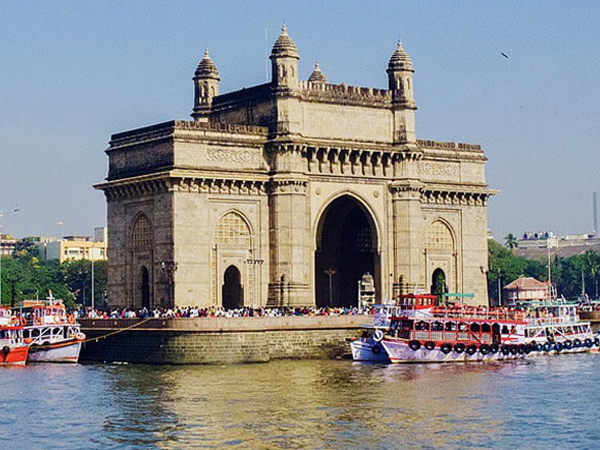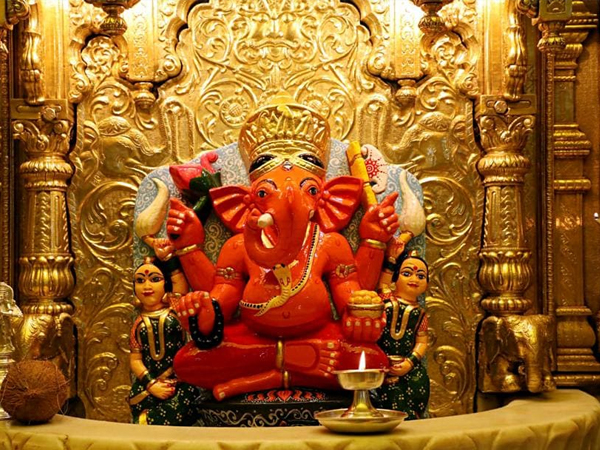Navaratri, the nine-day autumn festival, is a celebration of women’s empowerment. Although the festival is celebrated across the length and breadth of India, the long-standing tradition of ‘Golu’ marks the celebrations here in the southern states.
Golu (or Kolu) in Tamil refers to the display and decoration of dolls and figurines of human beings and idols of gods and goddesses during Navaratri. It is popular in Tamil Nadu and in Karnataka and the two Telugu states, where it is known as Gombe Habba (Kannada) and Bomma Koluvu (Telugu).
As per the tradition, the dolls and figurines are placed on steps that stand for human beings’ spiritual progression. The term ‘Kolu’ comes from the Tamil words’ Kolu veetriruthal,’ which means the presence of kings and queens in the court. The term extends to describe the presence of gods and goddesses surrounded by their devotees and saints.
Nine days of spiritual fervor
Purattasi Navaratri or Sharadha Navaratri represents the nine-day battle of Goddess Shakti with the demon king Mahishasura. The festival ends on Vijayadasami, the 10th day, with the victory of the goddess over the demon king. Moreover, with the victory of the goddess, the nine-day festivities become the celebration of women across all age groups and their empowerment.
The festival is celebrated during the autumn season, during the months of either September or October. It is believed that Yama is at his peak during this time, right after Mahalayapaksham, and can spell disasters. Hence, the Navaratri Golu festival stresses positivity or positive energy during these days.

The decoration
The dolls are arranged on an odd number of steps, and the bottom-most tier of the arrangement displays the figurines of human beings. Dolls of the Chettiyar couple trading sugar and pulses depict human activities, and they are flanked by the settings of village or city life, and a marriage scene, on the same step. The presence of the Chettiyar, the traders’ community, dolls symbolizes the significance of trade.
Dolls of saints and sages revered in the Hindu religion occupy the above few steps, while gods and goddesses occupy the topmost of the steps. The Kalash or kalasam is kept in the middle as it denotes devotion, which is considered the center point.
The tradition could date back to hundreds of years, even though historians say there is no exact documentation or evidence that shows when it began. However, the tradition may be related to the centuries-old tradition where an idol of Goddess Saraswati is taken on a procession from Padmanabhapuram to Thiruvananthapuram during Navaratri.
Traditionally, the marapachi dolls or the dolls made from wood varieties like sandalwood or redwood in male and female forms adorn the display. The wood contains a medicinal value, and marapachi dolls have been common wedding gifts to newly-wed couples. However, the concept has now changed with dolls of all kinds making it to the display.
The different Golu themes also lend an interesting and insightful spin to the tradition. From epics like the Ramayana and the Mahabharata to the ten incarnations of Lord Vishnu, the themes have immense scope for creativity and innovation.
And now even Spiderman and Rajinikanth’s Kabali and Pettai find a place among the traditional tales of Koorma avataram of Vishnu or Sundarakandam from Ramayana. At times, even political assassinations make their way to the display.
Visit Golu for more information. Also, have a look at our various monthly issues.




